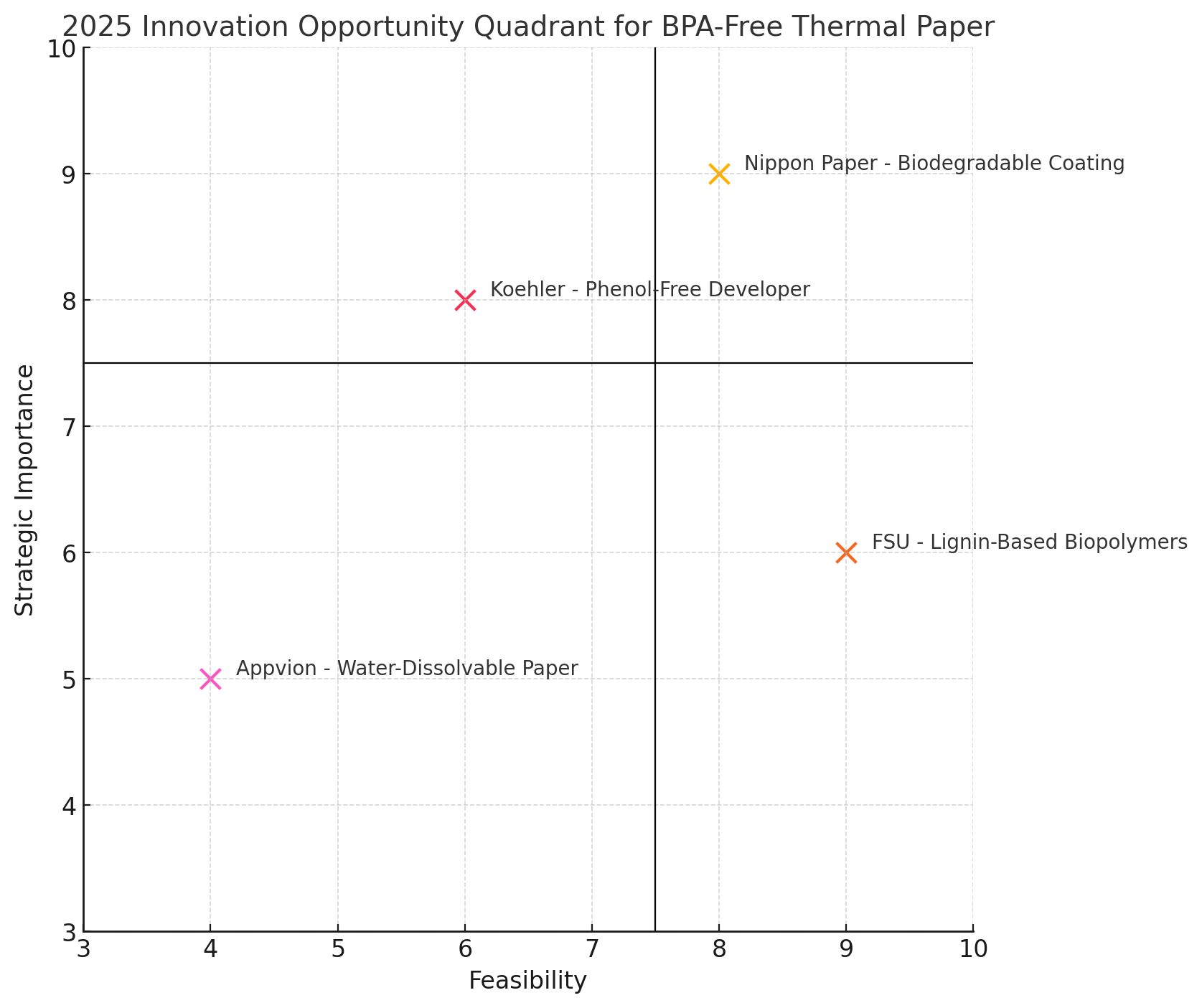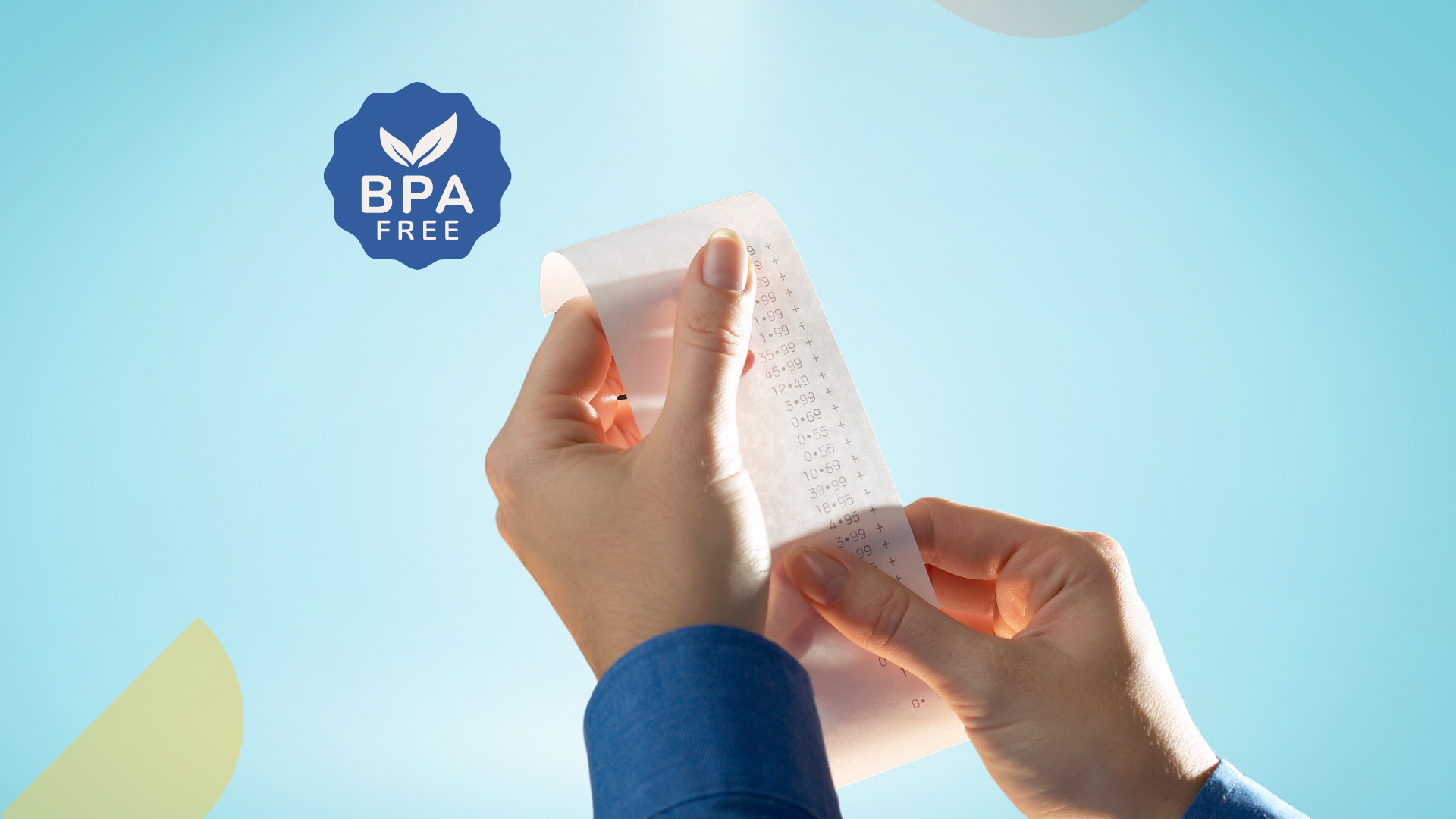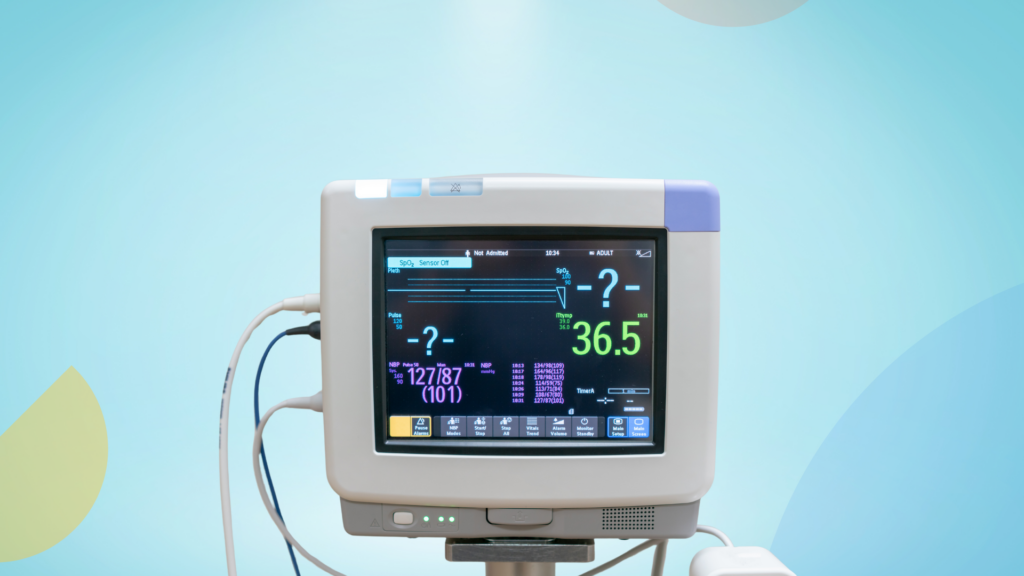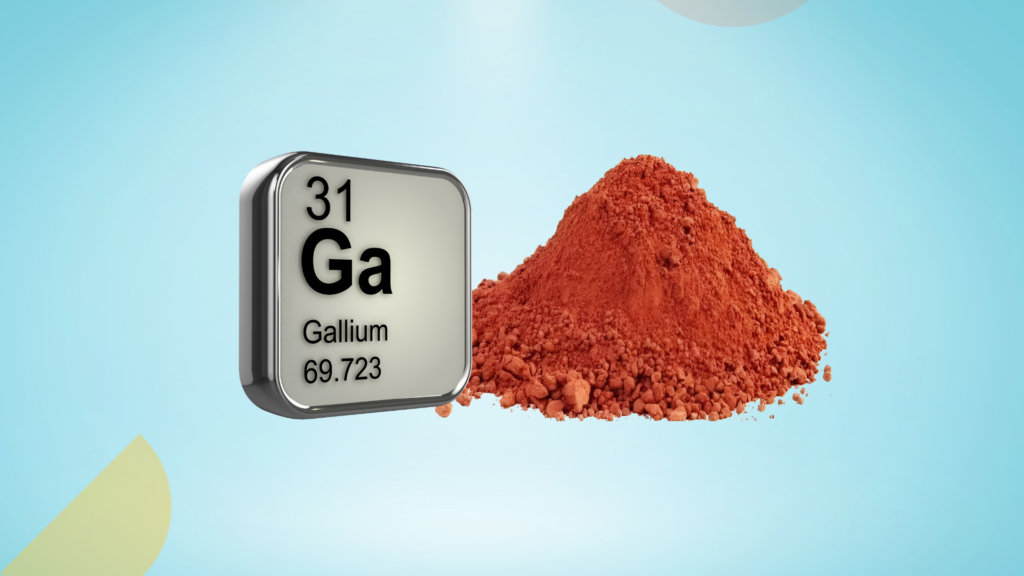The EU and California have tightened regulations on Bisphenol A (BPA) and Bisphenol S (BPS) in thermal paper. Manufacturers face growing pressure to find safe, compliant, cost-effective substitutes. While options like Pergafast 201 show potential for providing image stability, they are significantly more expensive and not without environmental risks.
This report by GreyB examines biodegradable solutions for thermal papers to help R&D teams find viable alternatives to BPA and BPS. These solutions are analyzed based on their chemical properties, feasibility, scalability, regulatory compliance, and commercial implications.

Nippon Paper Industries created biodegradable paper coating with enhanced print quality.

Nippon Paper Industries and Kaneka Corporation have patented a paper coating layer containing a biodegradable polymer, PHBH. This layer also includes an adhesive on one or both sides of a paper-based material. It has sealant properties for heat or water resistance.
The coated paper is entirely biodegradable. Its chemical pulp has a high whiteness level, which enhances print quality. The base material supports excellent adhesion, enabling reliable and durable printing. This coating uses operationally efficient water-based dispersion methods, making it scalable and cost-effective for industrial applications.
The paper company already has a globally recognized product, NPi Thermal, which has anti-sticking and abrasion resistance properties. This biodegradable coating innovation will further align the product with sustainability compliance.
Florida State University made printable materials from lignin-based biopolymers.

The Florida State University Research Foundation, Inc. has found a way to produce biodegradable polymers from lignin-based materials, such as polycarbonates, polyesters, and polyurethanes. These are all readily available, low-cost, naturally degradable substances.
These polymers have excellent thermal stability, which is crucial for thermal printing’s heat-sensitive nature. Furthermore, the production and degradation of lignin-based polymers are CO2-neutral, contributing to lower greenhouse gas emissions. Thus, these polymer compounds are great alternatives to endocrine-disruptive BPA plastic linings in bill receipts.
Since lignin is an abundant, inexpensive, and easily recyclable byproduct of the paper industry, obtaining this raw material won’t be difficult. Also, manufacturing this print material is much less energy-intensive than traditional plastics. This keeps the production costs considerably lower than those of regular print materials. Moreover, lignin-based biopolymers can be easily incorporated into existing conventional processes and machinery, making scalability more feasible.
Koehler’s phenol-free color developer for thermal paper
Koehler’s patent describes a phenol-free color developer for heat-sensitive recording materials like thermal paper. This developer offers improved stability and writing performance compared to traditional bisphenol-based color developers. It is also more stable against plasticizers and adhesives in thermal paper and more resistant to decomposition during storage.
The invention also includes a method for producing heat-sensitive recording materials using this color developer. The compounds described in the patent help retain the font style in the long term.
The company has already introduced a sustainable thermal paper product named Blue4est® in 2018. This patented technology will further enhance this product’s intended use case for direct thermal printing for various applications, such as point-of-sale receipts, labels, tickets, etc.
Solvay’s safer, bio-based copolymer that is stronger than BPA!
Solvay Specialty Polymers has created a bio-based polyarylene ether sulfone (PAES) copolymer free of BPA and BPS. This copolymer does not interfere with hormone-regulated processes, making it among the safer alternatives to BPA.
The compounds of this polymer are derived from renewable plant-based feedstocks, such as corn or wheat, making it more sustainable than petrochemical-based BPA and BPS. Compared to BPA papers, these polymers also exhibit improved scratch resistance, UV resistance, heat resistance, impact resistance, and strength.
Solvay Specialty Polymers has two notable polymer products for thermal printing applications: Radel® PPSU (polyphenylsulfone) and Veradel® PESU (polyethersulfone). These newly patented copolymers will either create a new product in this lineup or enhance the eco-compliance of these existing items.
Sanko’s high-quality thermosensitive material for receipts
Sanko has created an improved thermosensitive recording material that provides better color development and storage stability than phenol-based developers. This material composition is not an endocrine disruptor and has lower cytotoxicity than BPA and BPS.
Furthermore, these compounds can be created using renewable resources, creating a more sustainable production process. This compound has improved print color, whiteness, sustainability, and storability in thermosensitive papers. This patented material will enhance the company’s existing product lineup of thermal receipt papers and labels.
Appvion’s thermal paper dissolves completely in water!

Appvion Operations holds two patents for a thermal printing material that dissolves or disperses in water after printing. The material has a water-dispersible paper substrate, a thermally responsive print layer, and an intermediate base coat. This allows for high-quality image printing on water-dispersible material and prevents disintegration during printing. Using specialized binders ensures thermal insulation and image quality, making it suitable for various applications like labeling and printing.
The inventor has demonstrated its viability by printing barcode images tested for ANSI values for image quality. The tested ANSI values for the samples were deemed passable for human legibility and machine barcode reading.
The sample was also tested for its response to liquid water. When a gentle stream of water was directed at a printed sample, it disintegrated and dispersed wholly and promptly. This patented technology will contribute to their existing EarthChem™ lineup of sustainable thermal print products. Its ability to produce high-quality images and be easily disposed of in water makes it easy to commercialize and scale.
The path forward
As laws like California’s “Skip the Slip” bill take effect, it’s clear that the days of BPA and BPS in paper receipts are numbered. This shift urgently requires retailers and manufacturers to find safer, more sustainable alternatives to BPA and BPS. However, the innovations in this space are in their early stages. Identifying relevant innovations, understanding their scalability, and determining their profitability are challenging for R&D teams.
GreyB experts can conduct lifecycle assessments (LCAs), map compliance requirements for EU, US (FDA, EPA), and other global markets, and research potential large-scale production methods for BPA and BPS-free thermal papers.
Talk to our experts to ensure compliance, optimize lifecycle impact, and scale BPA/BPS-free thermal paper production.












